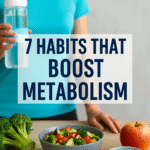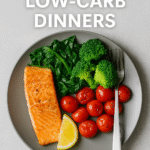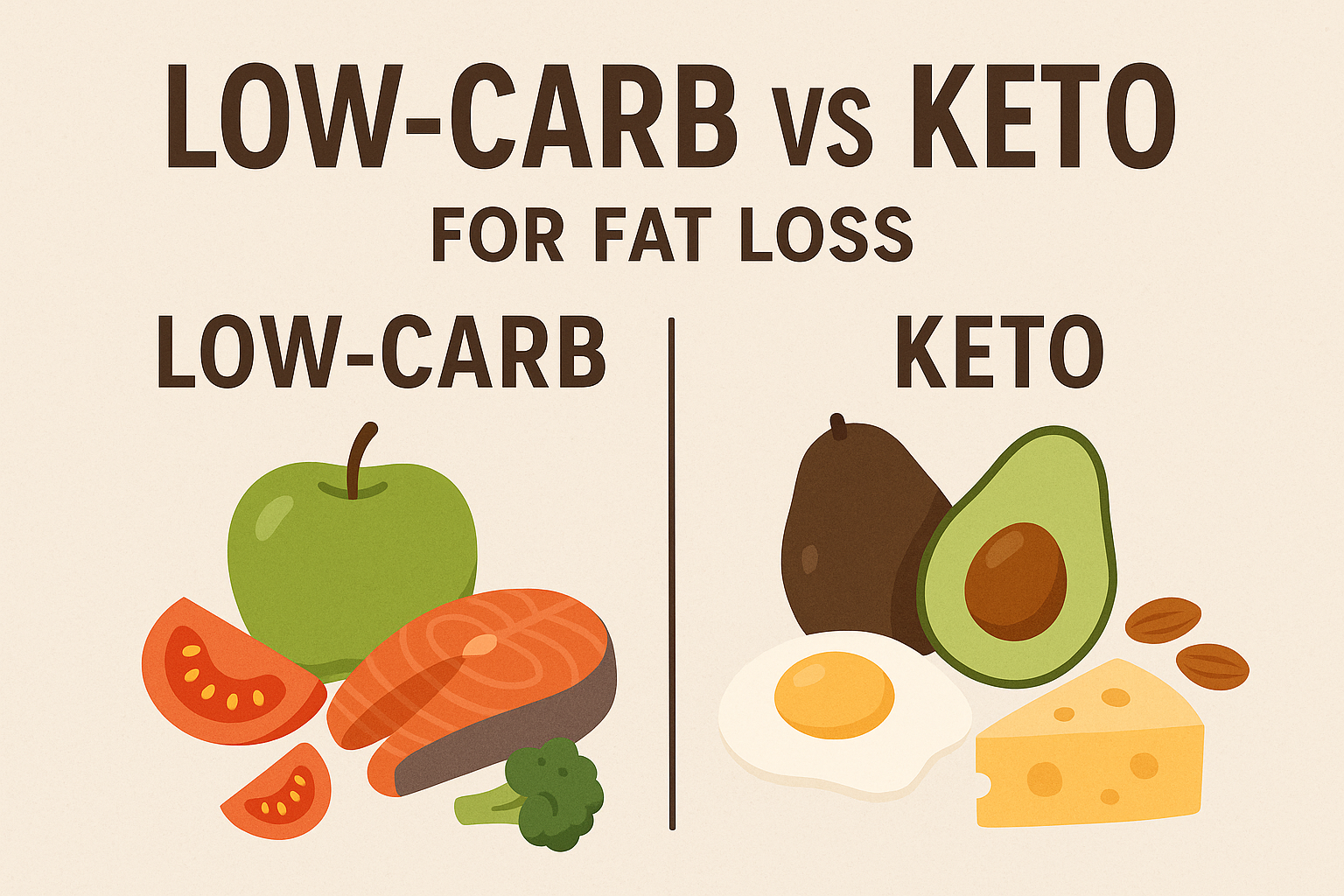Emotional eating—turning to food for comfort rather than hunger—is one of the biggest roadblocks to sustainable weight loss. Whether it’s stress, boredom, loneliness, or celebration, using food to manage emotions can derail even the best diets.
This comprehensive guide explores emotional eating, reveals how it blocks fat loss, and offers practical, science-backed strategies to regain control and cultivate a healthier relationship with food.
🧠 Understanding Emotional Eating
Emotional eating is eating in response to feelings rather than physical hunger. It often involves high-calorie, fatty, or sugary foods and is triggered by emotions like stress, sadness, loneliness, or celebration
The “mood-food-weight cycle” typically works like this:
-
You feel an emotion (stress, sadness, boredom).
-
You eat to soothe the emotion.
-
Temporary relief follows.
-
Guilt and weight gain set in.
-
The original emotion remains — and you eat again
📉 How Emotional Eating Blocks Fat Loss
1. Calorie Surplus
Emotional eating adds unexpected calories, disrupting your calorie deficit.
2. Hormonal Sabotage
Stress spikes cortisol, which increases cravings and belly fat storage
3. Mindless Binging
It often leads to eating without awareness—resulting in overeating
✍️ Signs You’re Eating Emotionally
-
You find yourself eating when not physically hungry
-
You crave comfort foods (chips, sweets, ice cream)
-
You binge after a stressful event
-
Guilt or shame follows the meal
-
Eating in secret or isolation
🛠️ 7 Steps to Break the Cycle & Support Fat Loss
1. Track Your Patterns
Keep a food-and-feelings journal. Include what you eat, when, and how you feel
2. Pause & Question
Before reaching for food, ask: “Am I hungry or emotional?” Wait a few minutes to test real hunger
3. Pick an Alternative
Create a toolbox of non-food coping strategies:
-
Take a 5-minute walk
-
Call a friend
-
Practice deep breathing or meditation
-
Write or journal
-
Take a few yoga stretches
4. Practice Mindful Eating
Eat slowly, savor every bite, and tune in to fullness signals
5. Manage Stress & Sleep
Better stress control and sleep quality reduce triggers for emotional eating
6. Use CBT or Mindfulness Tools
Techniques like Cognitive Emotional Behavioral Therapy (CEBT) and Intuitive Eating can help build awareness and self-regulation
7. Seek Support
Friends, family, support groups, or therapists can help you stay accountable and motivated
💡 Smart Tips to Stay on Track
-
Don’t label foods “good” or “bad”—this triggers the “what-the-hell” effect
-
Use smaller plates to naturally control portions
-
Keep trigger foods out of the house. Swap with healthier snacks when cravings hit.
-
If you slip up, practice self-compassion. Forgive yourself and move on — that’s true success
📈 Why These Strategies Help With Fat Loss
-
Reduces mindless eating — lowers calorie intake
-
Encourages healthy stress relief — less cortisol
-
Builds mindful habits — better food decisions
-
Creates sustainable routines — improved long-term consistency
 💬 Real-Life Example
💬 Real-Life ExampleJulie Bowen, a nurse, gained over 150 lbs during intense stress and grief before losing it by addressing emotional eating through structured change, mindfulness, and social support
🔁 Your 4-Week Action Plan
Week 1: Begin tracking food + emotions with a journal.
Week 2: Add two non-food coping tools (walks, calls).
Week 3: Practice mindful eating at one meal a day.
Week 4: Replace one emotional eating episode with healthy coping.
➡ After month 1, repeat and build consistency. Adjust tools that work best for you!🎯 Final Thoughts
Emotional eating isn’t a diet problem—it’s a emotion problem. But it’s manageable. With awareness, healthier coping strategies, and support, you can break the cycle, lose fat, and build a healthier relationship with food.
Each small step adds up to big change. Be patient. Be kind. Your journey is worth it.
-
-
-
-









